
Adesire to extend how children use the outdoor area at Harlow Day Nursery and Pre-school in Essex, part of Kindred Nurseries, led to children collecting natural resources and building a pretend campfire.
Unfortunately, actual fires are not permitted in the nursery’s outdoor area, but the ‘campfire’ still captured the children’s imagination and the nursery team were able to extend children’s understanding of how to create and stay safe around fire.
It is hoped that some parents will be able to extend the children’s explorations by taking their children camping or enabling them to experience the heat, colours, sound and excitement of a real fire.
ONLY NATURAL
Sparking creativity with open-ended resources
‘Our nursery’s garden space is surrounded by other buildings and was lacking natural resources, such as real grass and trees. We wanted to work with the children to think outside of the constraints and make it a more inviting space,’ explains third in charge Courtney McAllister. ‘We had conversations about what the children would like to see in the garden, but also provided visuals for the children to be inspired by.’
The children decided that they wanted to introduce leaves and sticks into the outdoor area for them to play with. They started to gather a range of interesting natural objects when they went on their regular walks outside of the nursery, but also brought objects from home. They gathered tree trunk stumps, sticks of all sizes, stones, leaves, wooden pallets and planks of wood.
‘We really like the open-ended resources because, rather than taking away children’s creativity, they enable them to use their imagination, which is endless,’ says Courtney. ‘Putting these objects into the outdoor area really changed the feel of the environment and led the children to using the space for more investigations, rather than just an area for letting off steam; but a space that sparked the children’s curiosity, focus and creativity.’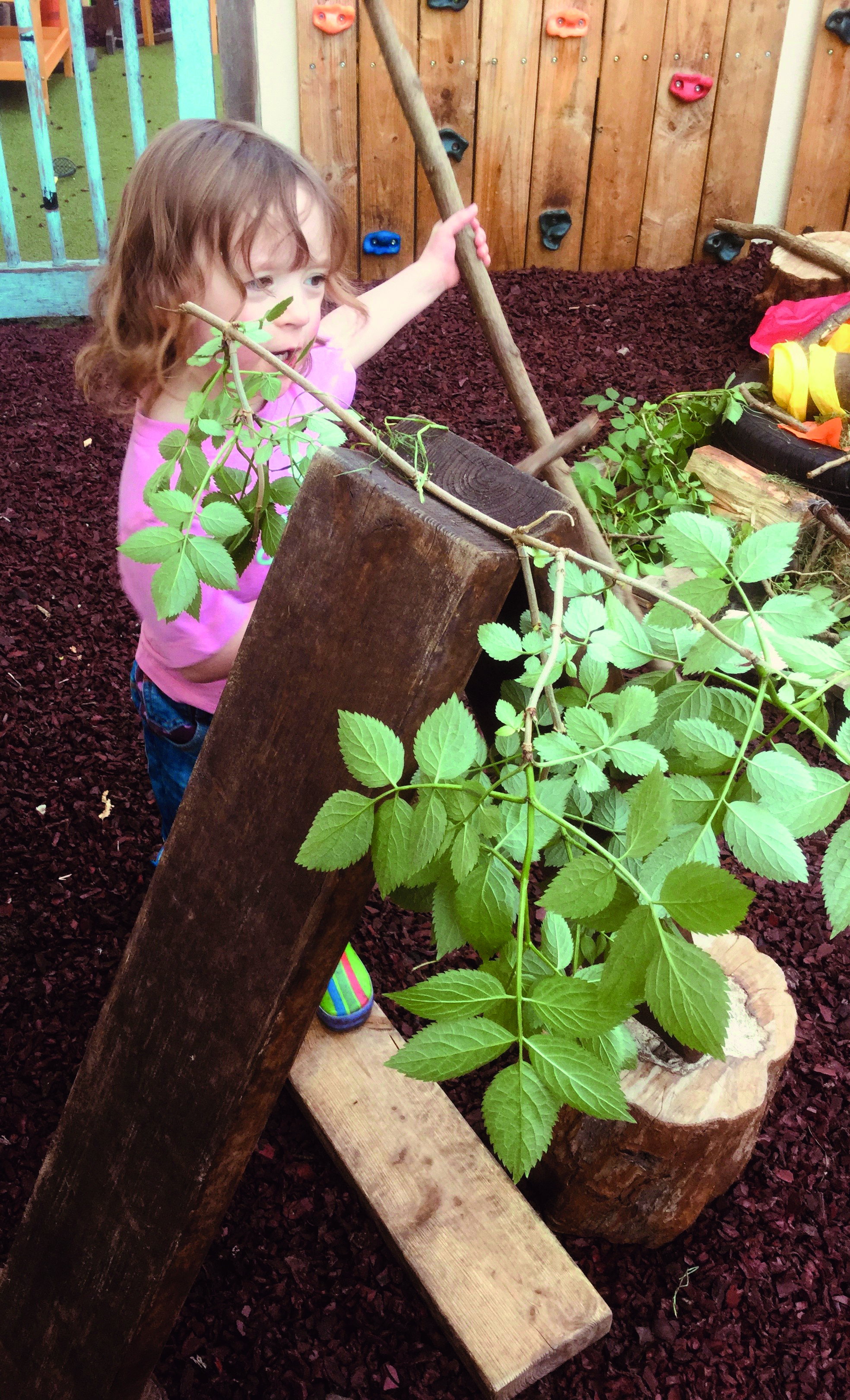
FIRED UP
Lessons in building a campfire and staying safe
When looking at a range of outdoor images, some of the children had been particularly intrigued by pictures of campfires. Staff furthered this interest by talking about fires and that they are used for heat but also for cooking on.
They investigated with the children the different methods of making fire, and used visuals to look at videos of lighting fires without matches or a lighter by creating heat with friction, such as rubbing sticks together or using objects such as flint. They also saw how the wood was carefully stacked to form a campfire and the kindling that was used, such as small, dry twigs. Children were fascinated by the movement of the flames and the range of colours in the fire in the videos they watched.
Alongside the campfire explorations, staff talked to the children about how fire can also be very dangerous and cause a lot of damage. They discussed how children should always be very careful around fires, always have adult supervision with them when near a real fire, and never play with objects that can produce flames, such as matches.
THERE’S THE RUB
Creating their own ‘fire’
‘Children enjoyed exploring the natural resources and using them in their play, such as making transient art or ordering items. Then a group of children decided that they wanted to build their own campfire like they’d seen on the iPad and visuals,’ says Courtney.
‘They had seen how campfires are often built in circles and they decided to build their pretend fire in a tyre because it was round but could also hold the resources. They carefully built up the fire with different sized sticks and twigs and used leaves in the middle. Around the fire they positioned big stumps for them to sit on, developing role play from this.’
Children rubbed sticks together like they had seen on the videos in an attempt to light fire. As they are not allowed to light actual fires in the outdoor area, the children improvised by using coloured tissue paper to replicate the flames, ‘but also discussing how we could create it’, says Courtney.
CAMPING OUT
Role-playing campfire experiences
Inspired by discussing that fires can be used to cook on, staff introduced the idea of roasting marshmallows over the ‘campfire’. The children were excited to put large marshmallows on the end of long sticks and role play roasting them in the flames before eating them. Children later returned to this activity in their role play and used cotton wool to replicate the marshmallows too.
A couple of children spoke about their experiences of camping and staying in caravans, and children used planks to build a den outside near the campfire. They played in the den and pretended that it was a tent and spoke about what it would be like to spend the night outside in sleeping bags.
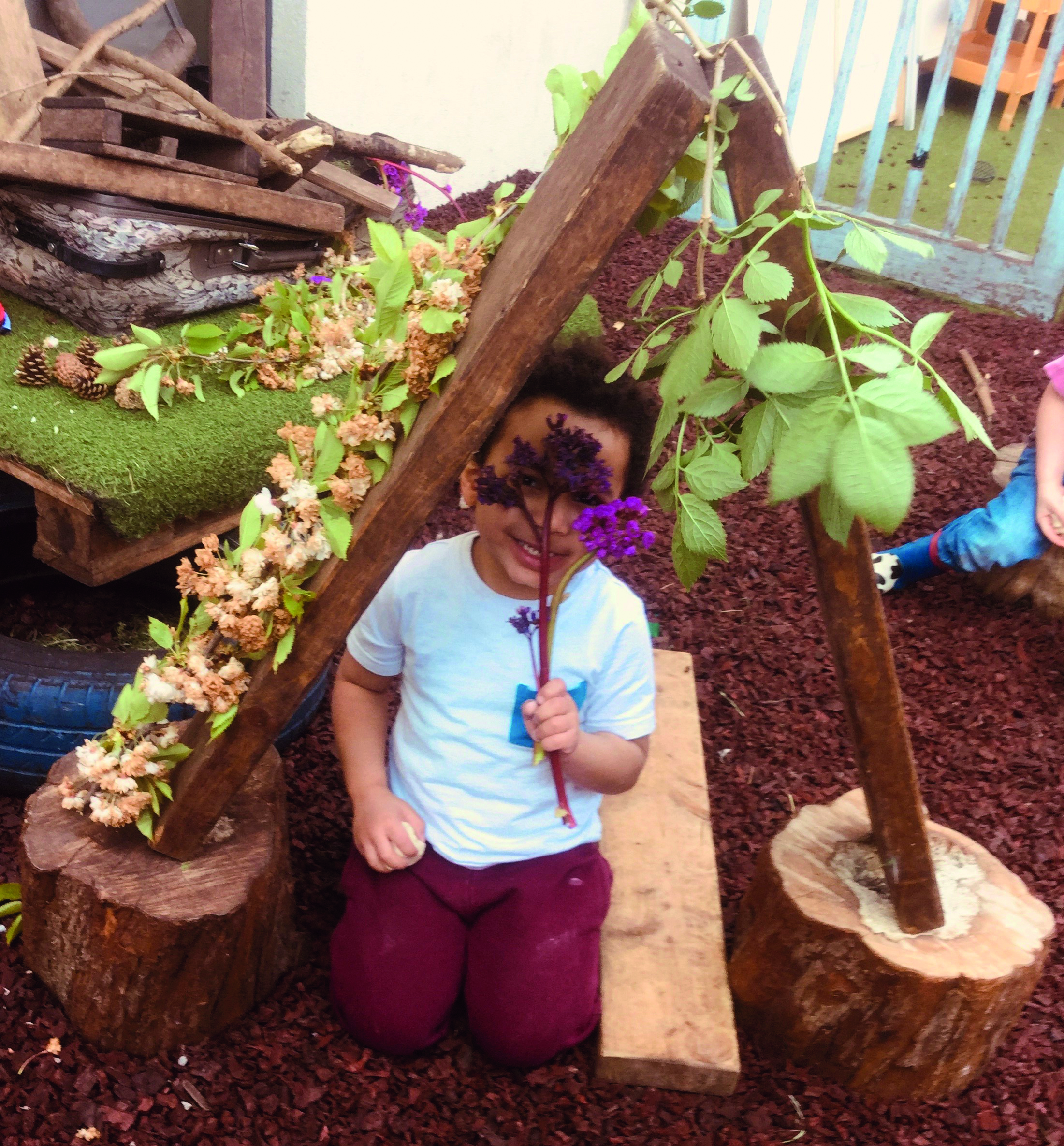
ROUND THE CAMPFIRE
Dancing, singing and sharing books
‘We stepped back and observed what the children were doing,’ says Courtney. ‘The campfire became a place that children were drawn to and an intimate place for conversation. Children even brought musical instruments outside. We had a sing-song around the campfire with a guitar and songs that had refrains that the children could repeat. One child started a conga line and they danced around the garden, as other children followed, it was quite remarkable to watch.’
The campfire was a focal point for the children for a period of time. Staff used it for gathering around with small groups of children and sharing books. Children were also drawn to looking at books by the fire and using their imaginations to tell stories, much like families may have done in the past. ‘The intimate gathering around the campfire allowed us to focus on children’s communication and language skills,’ says Courtney.
A SHARED PROJECT
Learning about the natural world and collaboration
‘The children continued to enjoy replenishing the natural resources and liked discussing what they are, studying them with magnifying glasses and looking in detail at things they found. It has encouraged them to be more interested in nature and we have started to grow things in our outdoor area, including planting daffodils in some old welly boots,’ says Courtney.
‘As well as supporting children’s communication and language skills, the campfire helped personal, social and emotional development as they worked together on a shared project [and] actively learned about understanding the world, where we could get back to nature and explore, introducing environmental resources. The children continued to be excited about the fire for weeks after.’
BOOK CORNER
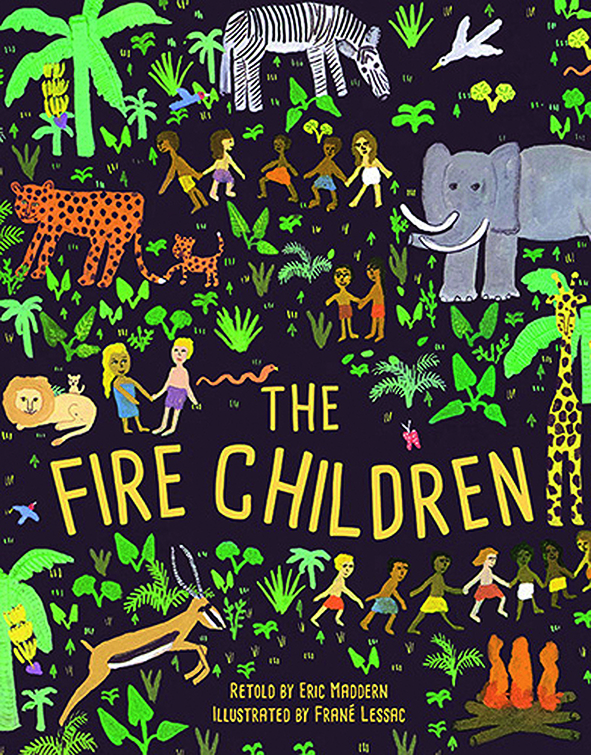 The Fire Children: A West African Folk Tale by Eric Maddern and Frané Lessac
The Fire Children: A West African Folk Tale by Eric Maddern and Frané Lessac
The first man and woman decide to fashion children out of clay and bake the little figures in their fire in this creation myth.
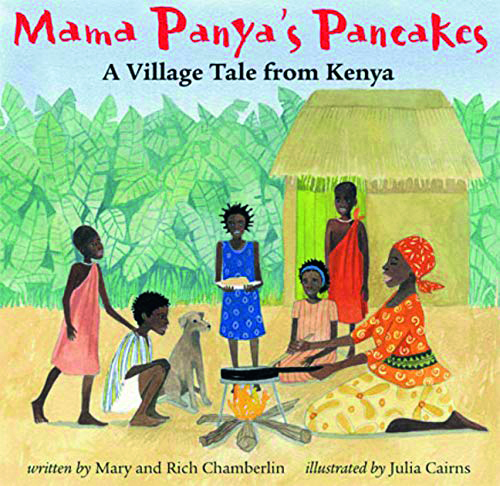 Mama Panya’s Pancakes by Mary and Rich Chamberlin and Julia Cairns
Mama Panya’s Pancakes by Mary and Rich Chamberlin and Julia Cairns
On market day, Mama Panya’s son Adika invites everyone he sees to a pancake dinner cooked over a fire. How will Mama Panya ever feed them all?
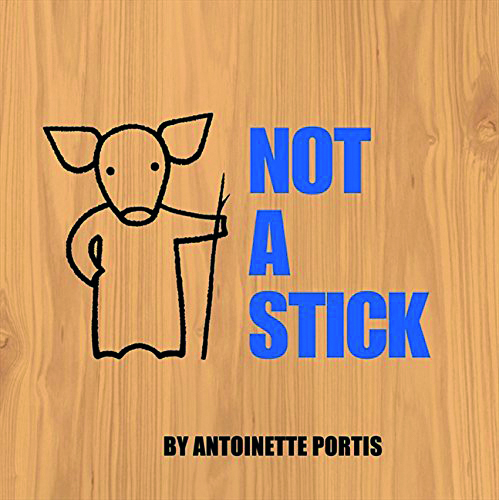 Not A Stick by Antoinette Portis
Not A Stick by Antoinette Portis
From fishing rod to dragon-taming sword, a small pig shows that a stick will go as far as imagination allows.
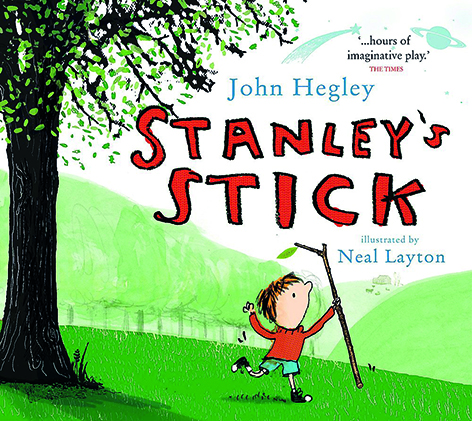 Stanley’s Stick by Neal Layton and John Hegley
Stanley’s Stick by Neal Layton and John Hegley
With a stick in hand, Stanley’s options are endless – he flies to the moon, writes in the sand, plays a whistle and rides a dinosaur. His imagination takes over and the magic begins.
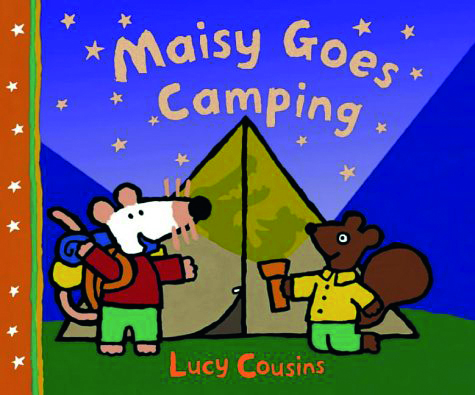 Maisy Goes Camping by Lucy Cousins
Maisy Goes Camping by Lucy Cousins
How will everyone, including Eddie the elephant, fit into the tent in this funny story?
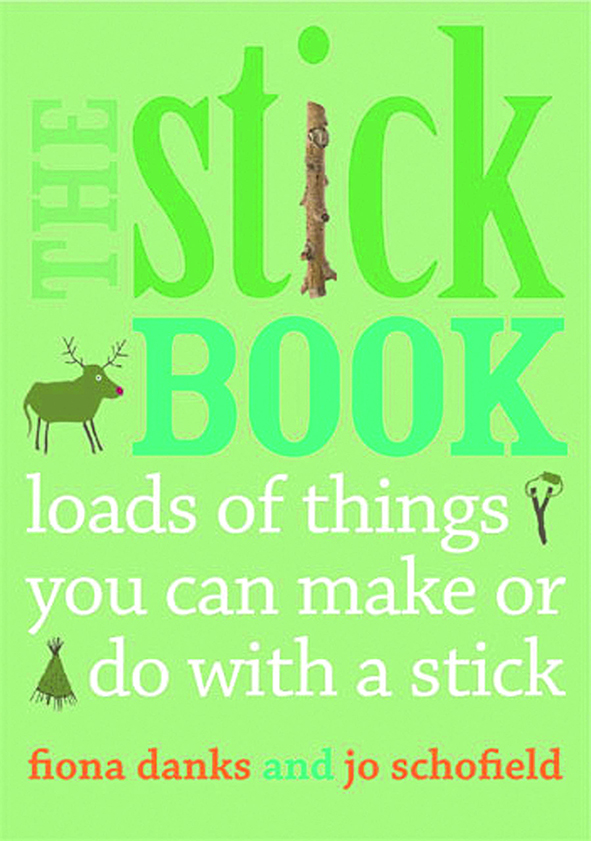 The Stick Book: Loads of things you can make or do with a stick by Fiona Danks and Jo Schofield
The Stick Book: Loads of things you can make or do with a stick by Fiona Danks and Jo Schofield
The limitless opportunities for outdoor play and adventure with a stick – from bushcraft adventures, creative play and conservation to music and more.
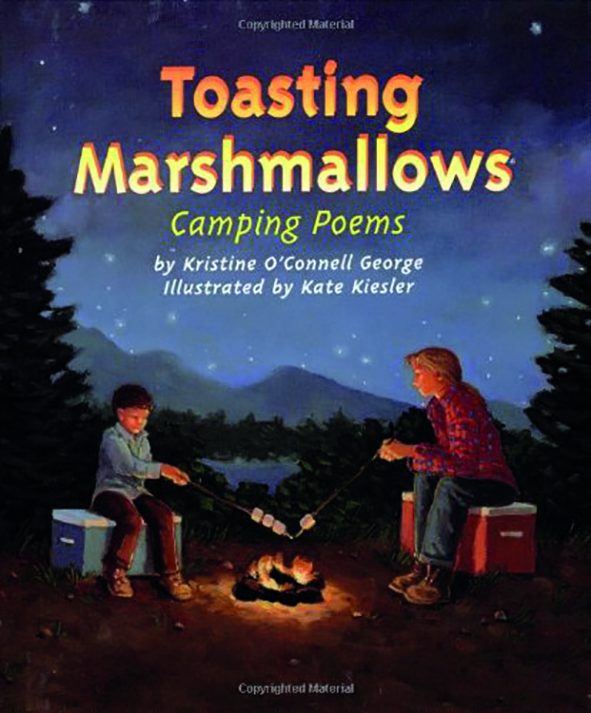 Toasting Marshmallows: Camping poems by Kristine O’ConnellGeorge and Kate Kiesler
Toasting Marshmallows: Camping poems by Kristine O’ConnellGeorge and Kate Kiesler
Nature and poetry combine here. There’s even a poem for those who burn their marshmallows black and for those who wait for them to turn golden brown.









